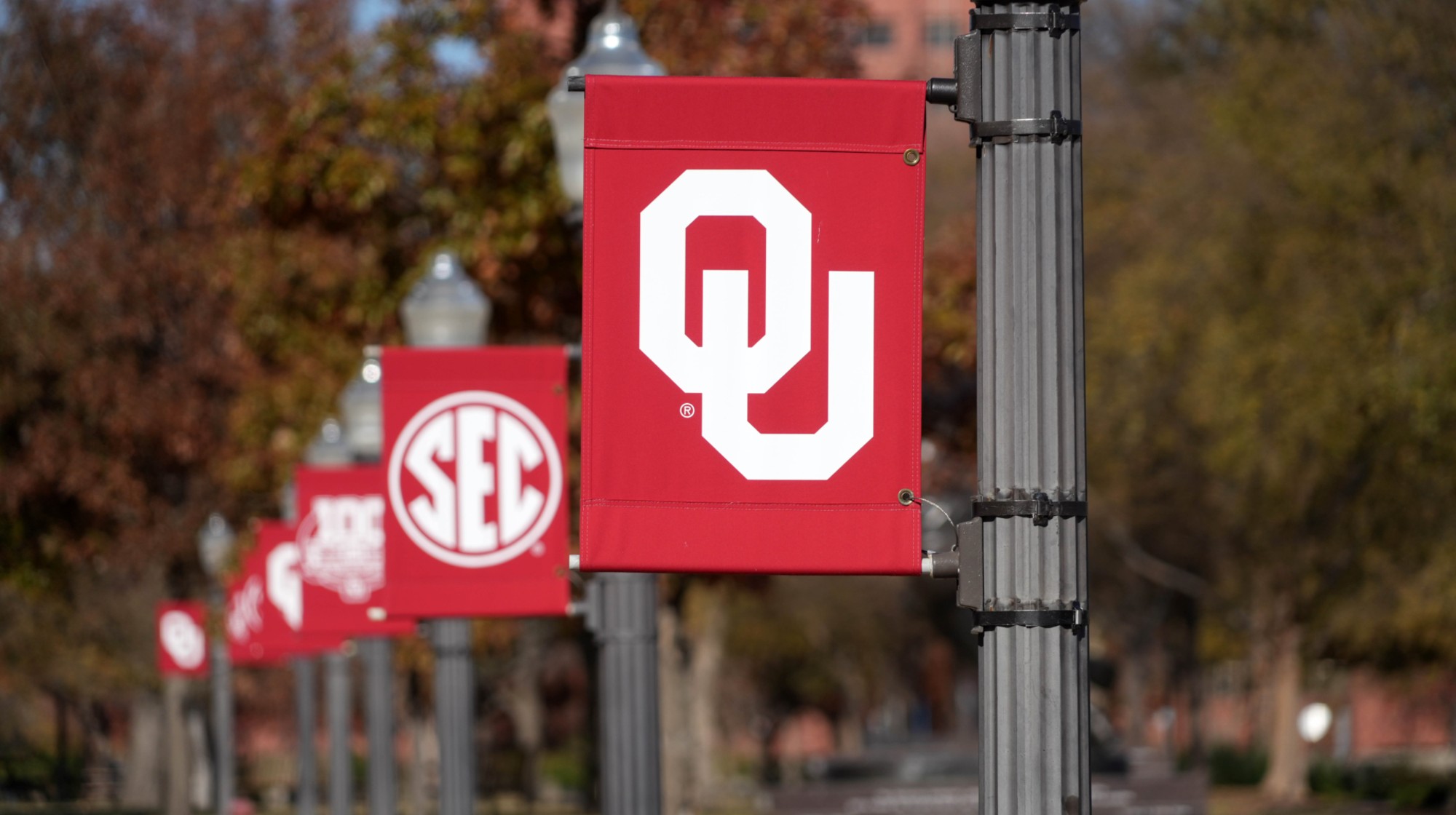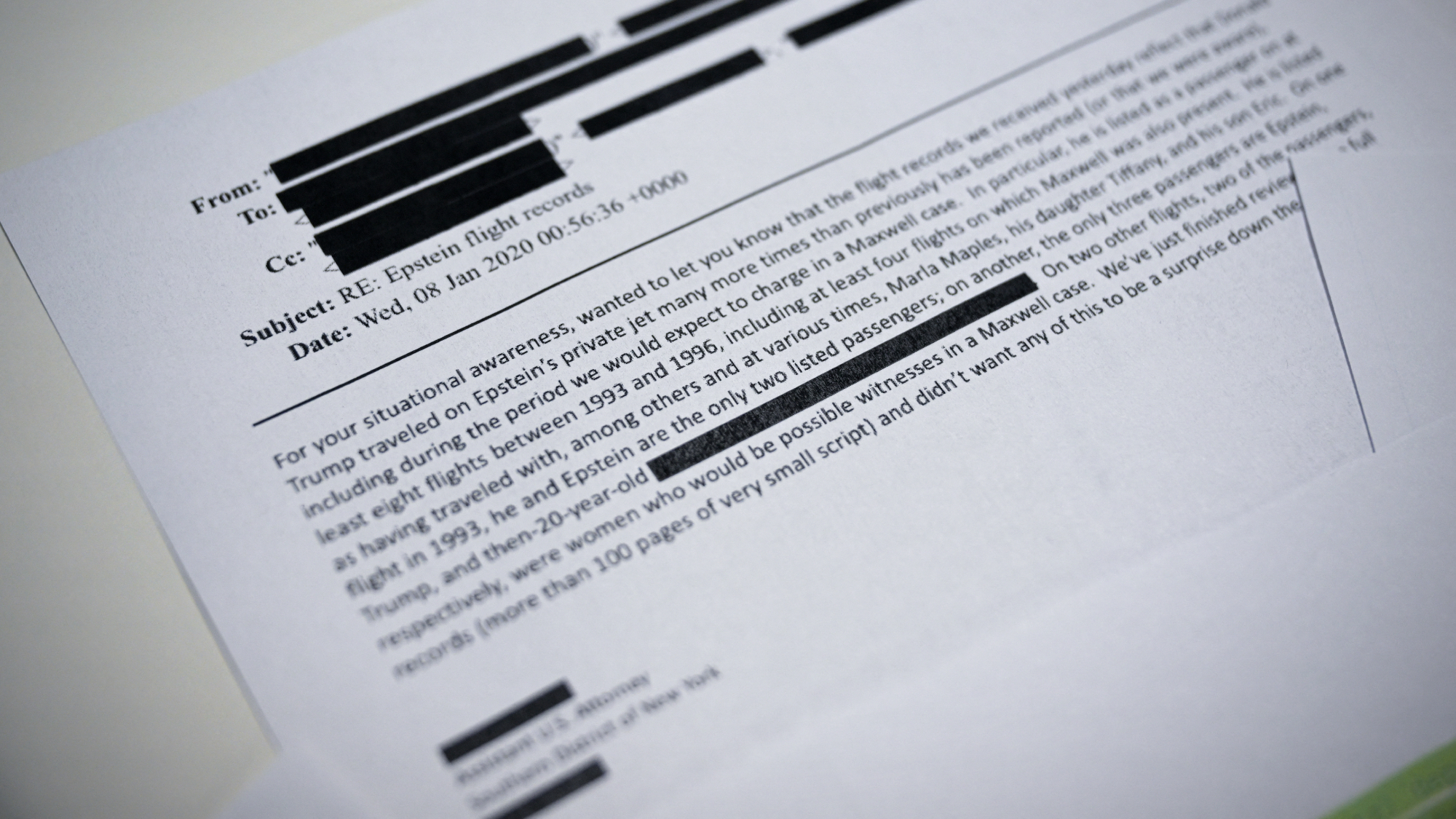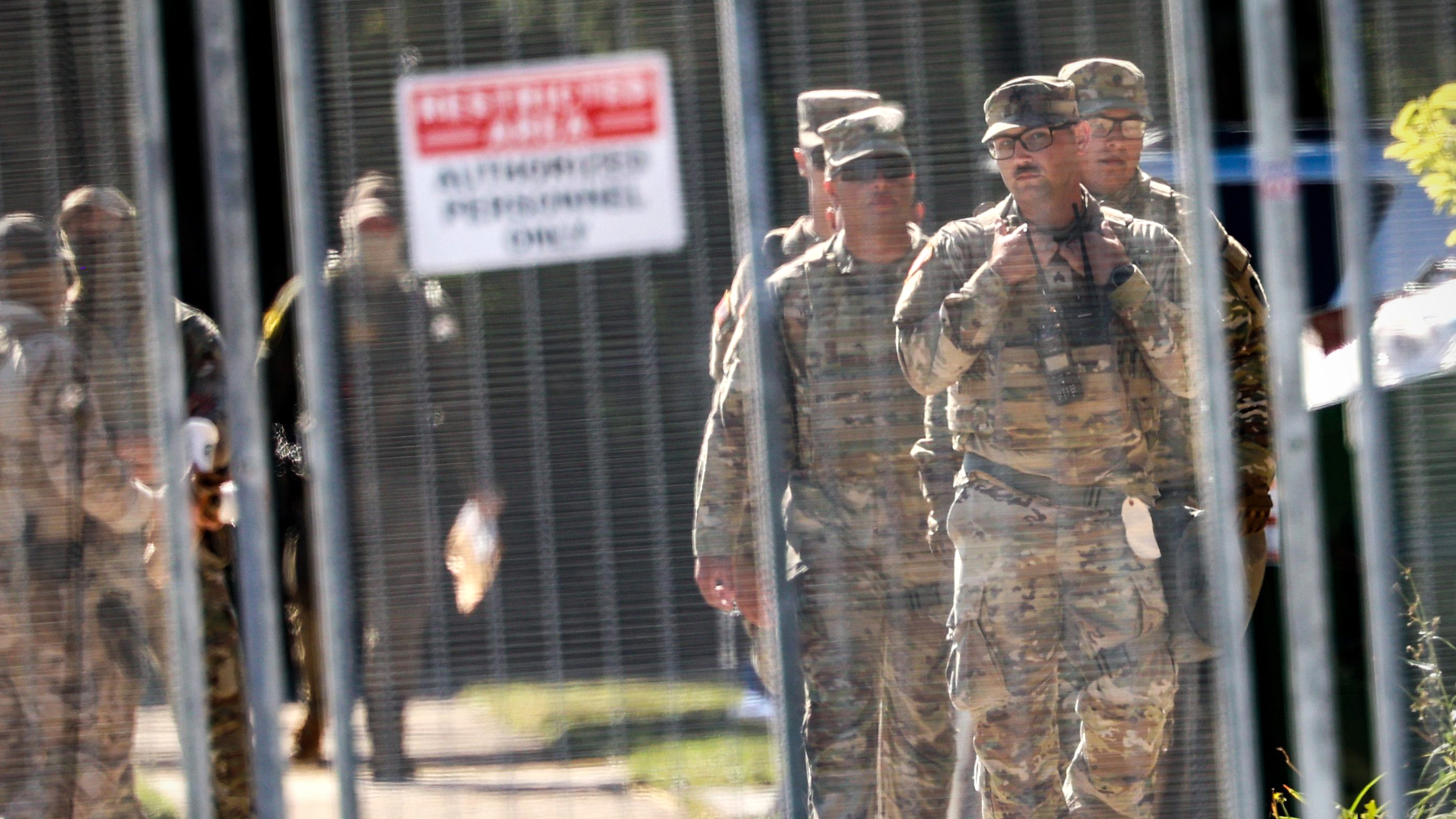Why an I-5 bridge in Washington state collapsed
A heavily traveled freeway bridge over the Skagit River, north of Seattle, was old and "functionally obsolete"

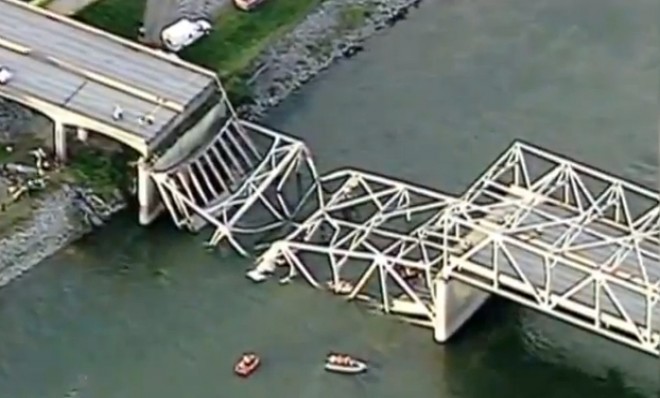
On Thursday evening, at about 7 p.m. on the West Coast, part of the Interstate 5 bridge over the Skagit River — about halfway between Seattle and the Canadian border — collapsed, sending two vehicles into the river, at least 50 feet below. Nobody was killed, and three people rescued from the frigid water were hospitalized for relatively minor injuries. (Watch raw footage above.)
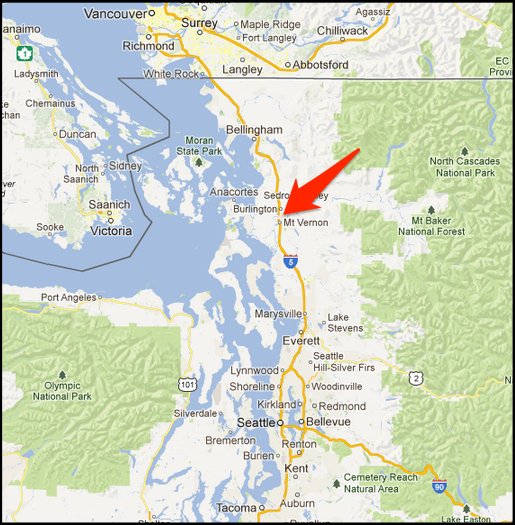
The bridge failed without warning, the Washington State Patrol says. And while it is wonderful and pretty remarkable that nobody was even seriously injured in the disaster, the bridge collapse severed the main artery between Seattle and Vancouver — and more locally between the cities of Mount Vernon and Burlington — in both directions. About 77,000 vehicles crossed the four-lane bridge daily. How did this happen?
"We're still trying to piece together what happened," says Bart Treece, a spokesman for the Washington State Department of Transportation. "Our concern right now is getting people north and south, as I-5 is a pretty heavily traveled route." But the bridge, built in 1955, was regularly inspected, Treece says, with the last checkup in November.
The Week
Escape your echo chamber. Get the facts behind the news, plus analysis from multiple perspectives.

Sign up for The Week's Free Newsletters
From our morning news briefing to a weekly Good News Newsletter, get the best of The Week delivered directly to your inbox.
From our morning news briefing to a weekly Good News Newsletter, get the best of The Week delivered directly to your inbox.
How did it fare in the inspection? According to the Federal Highway Administration's National Bridge Inventory, the Skagit River bridge is "functionally obsolete." That sounds pretty bad, say Kim Murphy and Rick Rojas at The Los Angeles Times, but it "does not mean it is unsafe." Functionally obsolete "could mean that its design is outdated — that its lanes or shoulders are too narrow, for example."
In this case, the obsolete design seems to have collided with an 18-wheeler carrying a wide load. "It appears the commercial vehicle made contact with the bridge," Washington State Trooper Mark Francis tells The Associated Press. "Whether it was the cause... that will all come out in the wash. But it appears it hit the bridge."
Survivors and witness are less circumspect about the truck's culpability. Here's how Dan Sligh, whose truck plunged into the river with his wife, describes his ordeal to KOMO-TV:
"You talk miracles, I don't know what you want to call it," Sligh says. "When you're sitting down in the water and there's all that mangled metal and bridge and you're looking around, kind of pinching yourself because you're realizing you're lucky to be alive, it's a pretty amazing day."
A free daily email with the biggest news stories of the day – and the best features from TheWeek.com
Miracles aren't a viable public policy, however. And "the bridge's collapse put a new focus on the nation's failing infrastructure, an issue that President Barack Obama has highlighted in his second-term agenda," says Ted Bunker at Bloomberg News. The issue first breached the national consciousness six years ago, when a highway bridge in Minneapolis collapsed during rush hour, killing 13 and injuring 145.
Last week, Obama ordered a 50 percent cut in the time it takes executive-branch agencies to start major road and bridge projects. The president cited "an aging infrastructure badly in need of repair" during his February State of the Union speech and called for $50 billion in new spending on repairs. He described a "Fix It First" program to deal with the most urgent needs....
There are about 18,000 so-called fracture-critical bridges nationwide, of which about 8,000 are classified as "structurally deficient," according to Federal Highway Administration records reviewed by Bloomberg News last year. Bridges rated structurally deficient require "significant maintenance and repair to remain in service and eventual rehabilitation or replacement to address the deficiencies," according to the American Association of State Highway and Transportation Officials. [Bloomberg]
But the Skagit River bridge wasn't on that list. The National Bridge Inventory Database lists it as "somewhat better than minimum adequacy to tolerate being left in place," with a sufficiency rating of 57.4 out of 100 — worse than Washington's average rating of 80 but better than 759 other bridges in the state. And while Washington state is considering its own $8.4 billion transportation package, state lawmakers say the Skagit Bridge wasn't even on their high-risk list. "It is shocking that I-5 would have something happen like this," state Rep. Judy Clibborn (D) tells the AP.
Peter has worked as a news and culture writer and editor at The Week since the site's launch in 2008. He covers politics, world affairs, religion and cultural currents. His journalism career began as a copy editor at a financial newswire and has included editorial positions at The New York Times Magazine, Facts on File, and Oregon State University.

